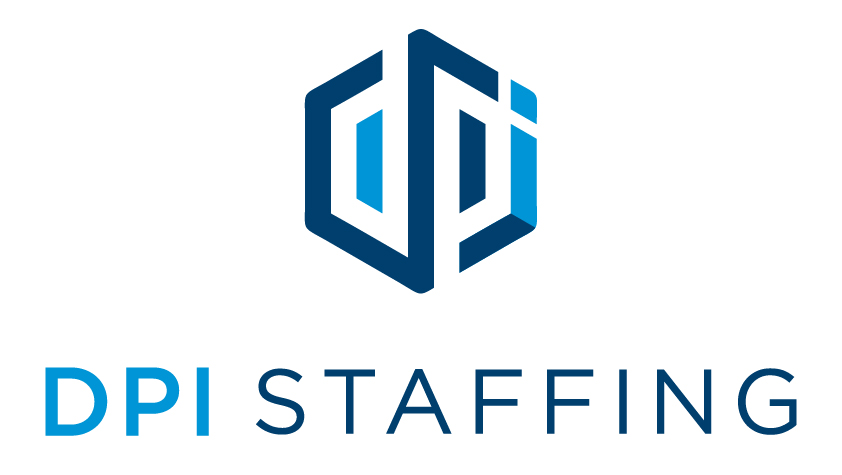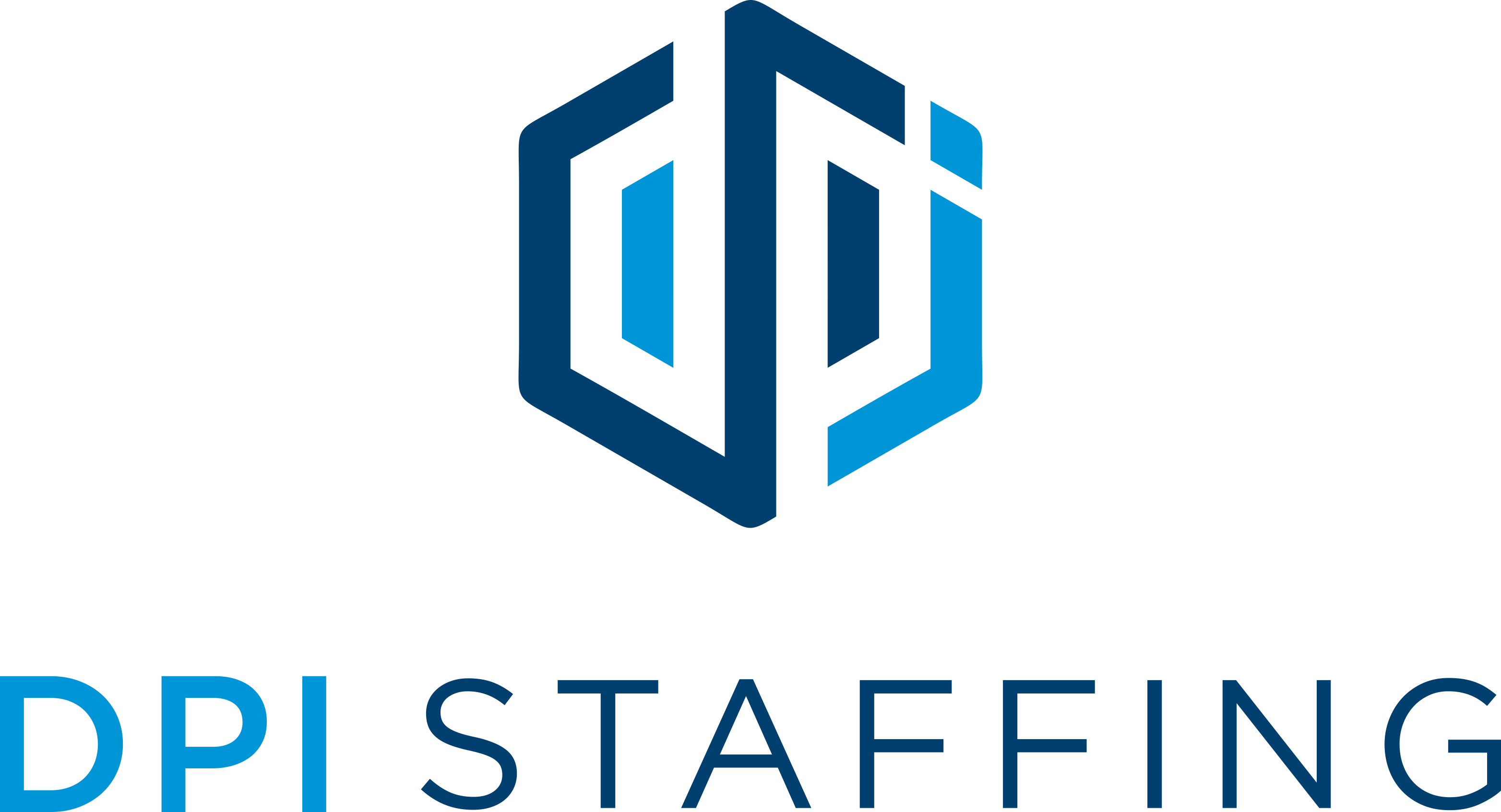The beginning of a new year is an exciting time full of opportunity for employers. And while 2017 will offer plenty of new employment and HR trends, three major employment news stories will carry over from 2016.
Stay informed about the latest news on these three topics to position your business to be ahead of the curve in complying with regulatory changes that will occur in 2017.
FLSA Overtime Rule
Throughout 2016, employers readied for changes to the Fair Labor Standards Act’s (FLSA) overtime rule. Scheduled to take effect December 1, the rule would raise the salary threshold for exempt employees from $23,660 to $47,476. This change would have affected more than 4 million American workers, who would either become entitled to overtime pay or receive a raise to reach the new threshold.
But a coalition of states and business groups had filed a suit challenging the law. On November 22, a federal district court in Texas ruled in favor of a preliminary injunction, delaying its implementation. What does that mean for employers? Right now, playing the waiting game.
The case will continue to wend its way through the court system as the Department of Labor (DOL) appeals the decision. Despite the DOL asking for a fast-track appeal, it’s unlikely that employers will have any more clarity before February, after President-elect Donald Trump takes office.
Affordable Care Act
Employers have struggled to understand and meet the requirements of the Affordable Care Act over the nearly 7 years since it went into effect. With President-elect Trump headed to the White House in January and a Republican-controlled House of Representatives and Senate, the future of the Affordable Care Act hangs in the balance. President-elect Trump campaigned strongly on repealing the ACA, but has since indicated that he may work to retain some portions.
It will likely take months or years into Trump’s term for healthcare policy changes to be agreed on and implemented. So employers should closely monitor this issue and how it will progress. Your employees will be eager to see how they’ll be affected, so you’ll need to clearly communicate any changes that will impact your insurance offerings.
Minimum Wage
The minimum wage continues to be a hot topic nationwide. While the federal minimum wage has remained at $7.25 since 2009, many states and cities have significantly higher minimum wages that take precedent. And a number of states are seeing the minimum wage rise in 2017. During the November 2016 election, for instance, voters in Arizona, Colorado, Maine and Washington voted to increase the minimum wage. The Economic Policy Institute’s Minimum Wage Tracker has detailed information on minimum wage changes by state, including recent and upcoming increases and applicable notes.
Some states, like Oregon and Colorado, are raising the wage in steps over multiple years. Oregon’s minimum wage, for instance, will step up each July through 2023. And Oregon’s wage is even more complex in that it has three rates for different areas of the state.
Keep an eye out in 2017 for trends in minimum wages on the local, regional, state and national levels. With some activists pushing for a $15 minimum wage and many businesses strongly opposed, this topic will continue to develop.





